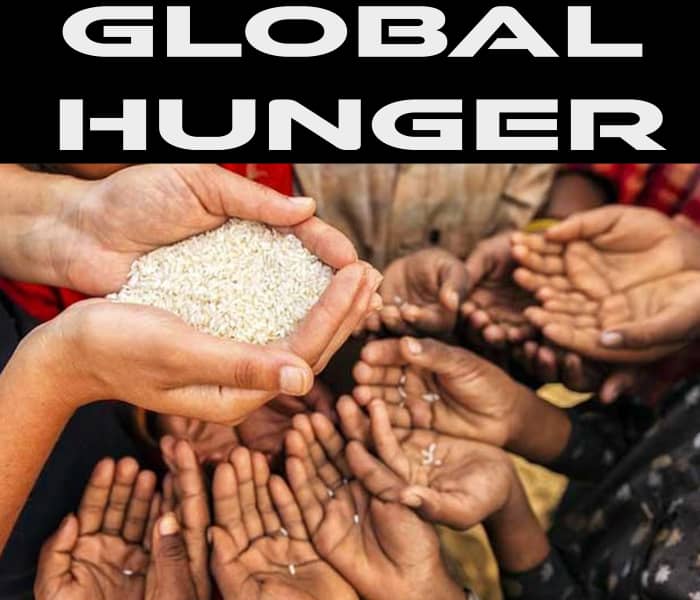
Global Progress in Reducing Hunger, But Challenges Remain
The United Nations has released its flagship report, the 2025 State of Food Security and Nutrition in the World (SOFI), highlighting a global yet uneven decline in hunger since 2022. The report estimates that 8.2 percent of the global population, or 673 million people, experienced hunger in 2024. This marks a slight decrease from 8.5 percent in 2023 and 8.7 percent in 2022.
Regional Improvements and Persistent Issues
Latin America and Asia have seen improvements, with the prevalence of undernourishment dropping by 1.2 percent in Asia and 1 percent in Latin America and the Caribbean between 2022 and 2024. However, significant challenges remain in other regions. In Africa, 20 percent of the population faces hunger, while 12.7 percent of people in Western Asia experience similar conditions. These figures indicate an unfortunate steady rise in food insecurity in these areas.
Looking ahead, the report projects that 512 million people could be chronically undernourished by 2030, with nearly 60 percent of this group located in Africa. This underscores the urgent need for targeted interventions to address the growing crisis.
Sustainable Development Goals and Nutrition Indicators
The findings of the SOFI report highlight the immense challenge of achieving the global goal of Zero Hunger as outlined in the Sustainable Development Agenda. Among child nutrition indicators, the prevalence of stunting among children under five has declined by 3.2 percent from 2012 to 2024. However, the proportion of children who are overweight or suffering from wasting remains largely unchanged.
Additionally, the report notes a concerning increase in anaemia among women aged 15 to 49 and rising rates of adult obesity. These trends reflect broader issues in global nutrition and health.
Impact of the Pandemic and Economic Factors
Despite a slight decline in global food insecurity from 2023 to 2024, the number of people affected by food insecurity has increased significantly compared to pre-pandemic levels. In 2024, 335 million more people were affected than in 2019, before the COVID-19 pandemic, and 683 million more than in 2015 when the Sustainable Development Agenda was adopted.
The report attributes this ongoing crisis to a "perfect storm" of factors, including food inflation during the pandemic, the war in Ukraine, and climate shocks. These events have combined to drive up food prices and hinder recovery efforts in many parts of the world.
Policy Recommendations and Funding Needs
To combat global food price inflation, the report recommends a combination of policy responses. These include targeted fiscal measures to protect the most vulnerable populations, credible and transparent monetary policies to control inflation, and strategic investments in agrifood systems.
Funding is also identified as a critical component of addressing global food security challenges. WFP Executive Director Cindy McCain emphasized the urgency of the situation, stating that funding cuts of up to 40 percent could leave tens of millions of people without vital aid. She warned that without sufficient support, recent progress in reducing food insecurity could be reversed, leading to further instability in already vulnerable regions.
Conclusion
While there are signs of improvement in some regions, the global food security landscape remains complex and challenging. Continued efforts, both in policy and funding, are essential to ensure that progress is maintained and future gains are not lost. The report serves as a call to action for governments, organizations, and communities to work together in the fight against hunger and malnutrition.


Posting Komentar